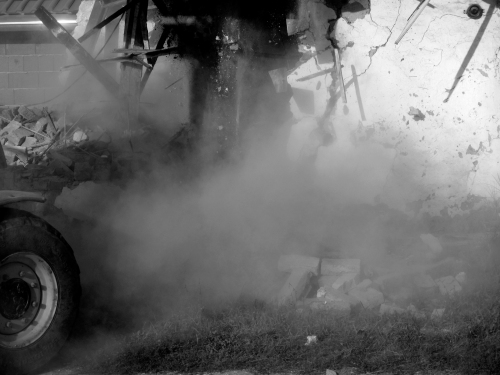2011-2012 | Cultural Centre of Belgrade
Project is initiated by Dušica Dražić, Marijana Simu (KulturKlammer.org) and Slavica Radišić
You can download the PDF version of the book MEMORY OF THE CITY here.
—-
The project explores the memory and the cultural heritage of the City of Belgrade that are necessary for concrete policies and urban regeneration projects, and strives to identify different ways to activate the memory in urban regeneration and city identity formation, ranging from public policies to different practices in the field of art/culture. The project is based on the premise that collective memory enables citizens to identify with history, as well as with the tangible and intangible heritage of their city, and that collective memory plays a defining role for the identity of a city, enhances cohesion within the community and incites citizens’ participation in the development of the city.
During the last few decades a large number of cities based their urban development on culture as the main driving force of their socio-economicregeneration. Successful examples of this practice show the importance of the role collective memory plays in the city’s identity formation, as well as in safeguarding its authenticity and building the positive image of the city among its inhabitants and visitors. Moreover, collective memory can be perceived as an instrument of urban planning and reconstruction based on saving and reviving cultural heritage.
Considering Belgrade in the given context, as the city which is currently undergoing redefinition of its identity and repositioning at regional, European and global level, it might be expected that memory (collective and individual) become key generator of its raising identity. Material traces of the city’s history are mainly devastated, there is no defined public policy in the field ofcommemoration and marking the places of memory, while frequent transformations of its urban landscape together with lack of systematic approach in archiving and revitalisation of its intangible heritage and latest accelerated development of the city which implies visual uniformity and alienation of citizens, led to non-existence of continuity in its urban development. Thus, activation of memory in Belgrade’s development could become driving force for revitalisation of its cultural heritage and contribute to increasing participation of citizens in development of the city.
 The project consists of:
The project consists of:
> Solo exhibition Blueprint (more information about the exhibition)
> The International Symposium Memory of the City that is based on the premise that critical approach in examining the past is a necessary condition for quality development/future of the community. The main aim of the Symposium is to stress the importance of exploration, preservation and communication of the collective memory places, as well as to urge all relevant institutions and various social actors to take responsibility and engage in memory preservation. The Symposium gathered prominent experts from different scientific fields from the country and abroad – culturologists, politicologists, historians and art historians, geographers, artists, architects, activists (Prof. Dr Milena Dragićević-Šešić, Dr Ljiljana Radonić, Dr Olga Manojlović Pintar, Dr Aleksandar Ignjatović, artist/activist Rena Raedle, MA Aleksandra Fulgosi, Prof. Dr Bertrand Levy, Dr Katharina Blaas-Pratscher, artist Dušica Dražić, Dr Zoran Erić, historian Nenad Žarković, architect Mustafa Musić, sculptor Mrđan Bajić, artist Milorad Mladenović).
> Workshops with students and the realization of site-specific installations in public space.
> Book Memory of the City is one of the project’s results and in the same time the dossier on the activities that were realized within the project. It is n English and Serbian.
—-
The project Memory of the City is supported by: Austrian Cultural Forum Belgrade | ERSTE Stiftung | Fund for an Open Society | Ministry of Culture, Media and Information Society | Municipality of Vračar | The Swiss Arts Council Pro Helvetia